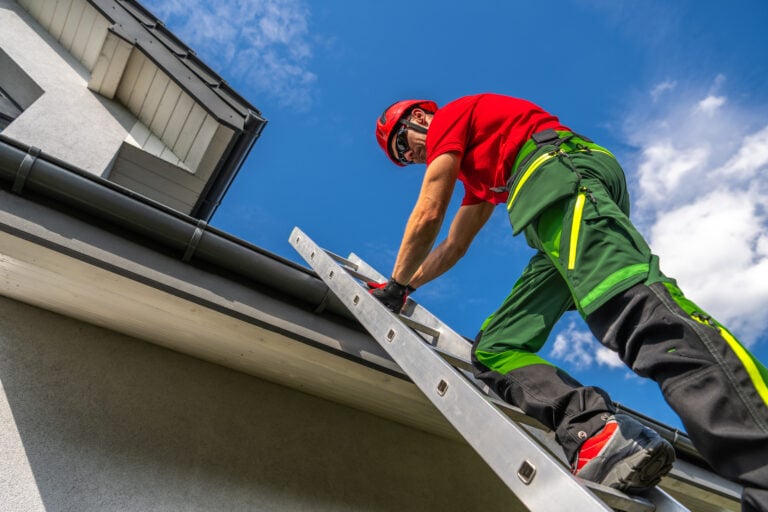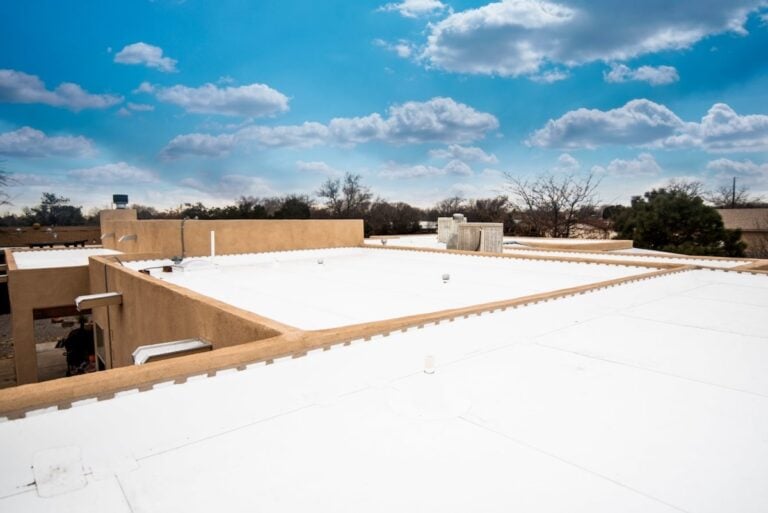5 Common Roof Vents (& Why Your Roof Needs Them)
Your roof does more than keep out the rain—it plays a vital role in your home’s overall health. One of the most overlooked but important features is roof vents. These small yet mighty components help regulate airflow, prevent moisture buildup, and extend the life of your entire roofing system. Without them, your attic could become a breeding ground for mold, heat damage, and costly repairs. If you’re planning an upgrade or replacement, it’s worth checking out professional roofing services that include proper ventilation to ensure your home gets the protection it needs.
Here’s what you’ll learn in this guide:
- Why roof ventilation is essential for every home
- The most common types of roof vents and how they work
- Installation and placement factors that make a difference
- How to recognize problems caused by poor ventilation
- Comparisons of vent styles to help you choose the right option
Why Roof Ventilation Matters
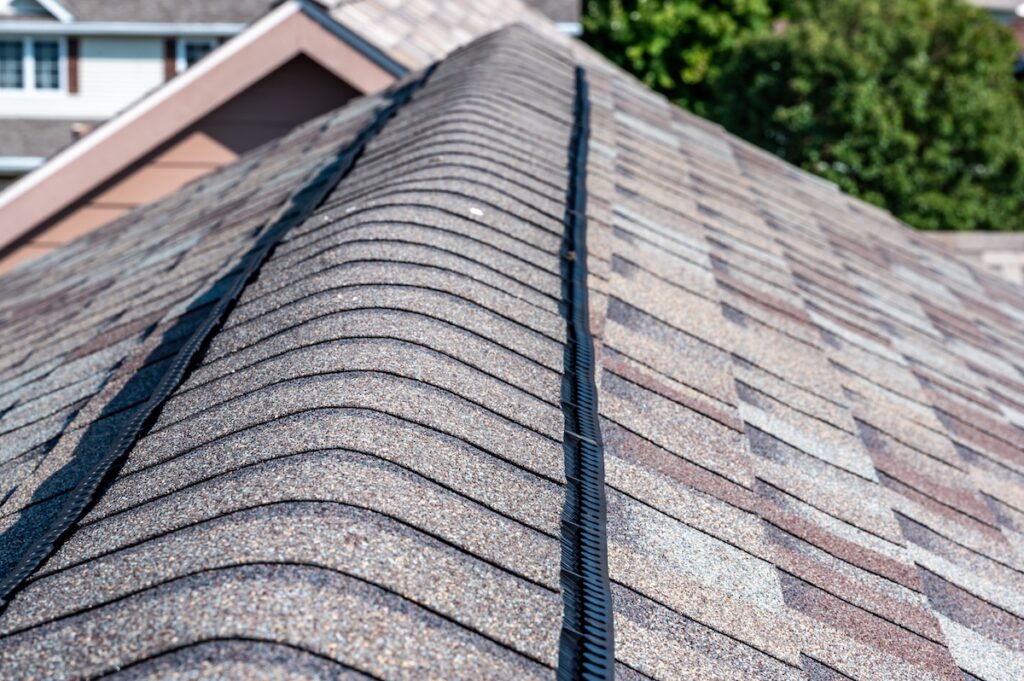
Ventilation might not be the first thing that comes to mind when you think about your roof, but it’s a critical part of a healthy system. Proper airflow protects both your home and your wallet.
- Moisture Control: Without proper venting, condensation can form in the attic, leading to mold, mildew, and wood rot.
- Temperature Regulation: In summer, attic spaces can reach 150°F or higher. Vents help release trapped heat, lowering cooling costs.
- Extended Roof Lifespan: Excessive heat and moisture degrade shingles and underlayment, shortening the life of your roof.
- Energy Efficiency: Balanced airflow reduces the load on your HVAC system, lowering monthly utility bills.
- Winter Protection: Vents help prevent ice dams by maintaining consistent roof temperatures.
5 Common Types of Roof Vents
Not all roof vents are created equal. Each style serves a specific purpose, and the best choice depends on your home’s design, climate, and roofing system. Here’s a breakdown of the most widely used types.
1. Ridge Vents
Installed along the peak of the roof, ridge vents run the entire length and blend seamlessly with shingles.
- Provide continuous ventilation across the attic.
- Rely on natural convection to let hot air escape.
- Best when paired with soffit vents for intake.
2. Soffit Vents
Found under the eaves of your roof, soffit vents allow fresh air to flow into the attic.
- Work in tandem with ridge vents to create balanced airflow.
- Available in continuous strips or individual panels.
- Essential for preventing “stagnant” attic spaces.
3. Box Vents (or Louvers)
These static vents are installed near the roof ridge in multiple spots.
- Typically square or rectangular in shape.
- Don’t require power to function.
- A good option when ridge vents aren’t feasible.
4. Gable Vents
Mounted on the exterior wall at the peak of gables, these vents are both functional and decorative.
- Allow hot air to escape horizontally.
- Can be used as intake or exhaust vents.
- Provide visual interest in addition to performance.
5. Turbine Vents (Whirlybirds)
Recognizable for their spinning tops, turbine vents use wind power to pull hot air out of the attic.
- Highly effective in windy areas.
- Operate without electricity.
- May not perform well in regions with little wind.
Key Factors in Roof Vent Installation
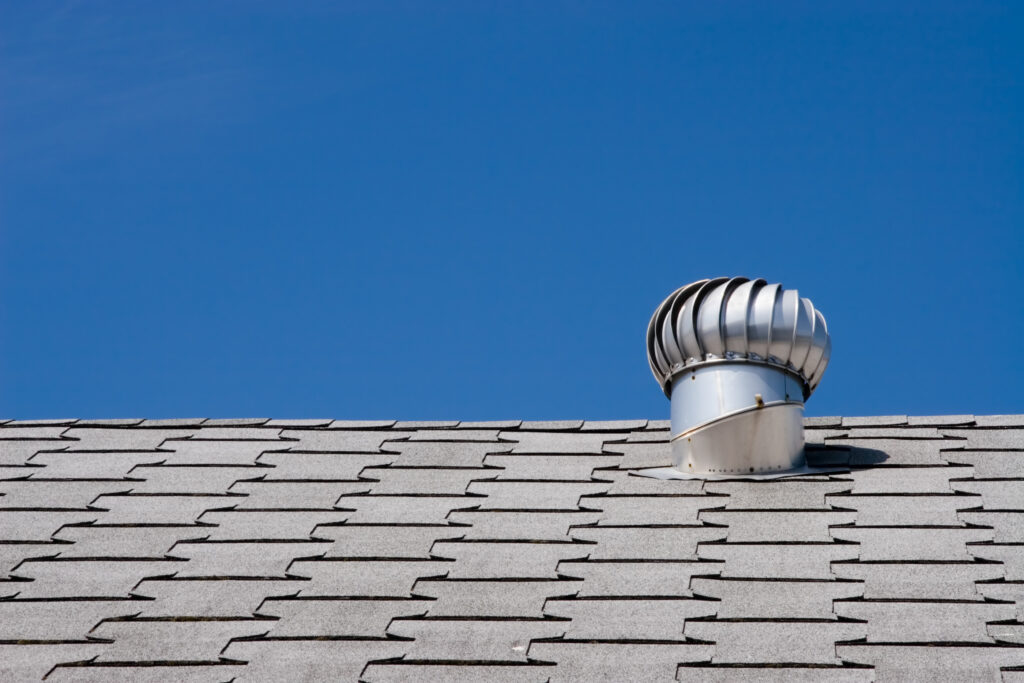
Having the right vent type is only half the equation—placement and installation are equally important. Improper ventilation can cause as many problems as having no vents at all.
Balanced Intake and Exhaust
- Effective ventilation requires airflow in and out.
- Intake vents (like soffits) bring in cool air, while exhaust vents (like ridges) release hot air.
- A balanced system prevents negative pressure that can draw conditioned air from your home.
Proper Sizing
- The general rule is 1 square foot of vent area for every 300 square feet of attic floor space.
- Undersized vents can’t keep up with airflow demands.
- Oversized systems may disrupt insulation or roofing performance.
Local Climate Considerations
- In hot climates, maximizing exhaust vents reduces attic heat load.
- In cold climates, intake vents help prevent condensation and ice dams.
- Albuquerque’s mix of hot summers and cool winters makes a balanced system especially important.
Professional Installation
- Correct placement ensures optimal airflow.
- Poorly sealed vents can lead to leaks or pest entry.
- Experienced contractors use manufacturer guidelines to avoid voiding warranties.
Signs of Poor Roof Ventilation
Recognizing problems early can save you from expensive repairs. Poor ventilation often leaves behind warning signs.
- High Energy Bills: Excess attic heat makes your HVAC work harder in summer.
- Uneven Temperatures: Hot upper floors in summer and cold drafts in winter may point to airflow issues.
- Roof Damage: Curling shingles, premature aging, or blistering can be traced to heat buildup.
- Moisture Issues: Mold growth, condensation, or musty odors signal trapped humidity.
- Ice Dams: In colder months, melting snow refreezes at the roof edge due to uneven roof temperatures.
When to Call a Professional
If you notice these symptoms, schedule an inspection. A roofing expert can:
- Assess current venting systems.
- Recommend upgrades or repairs.
- Prevent further structural or insulation damage.
Comparing Roof Vent Styles
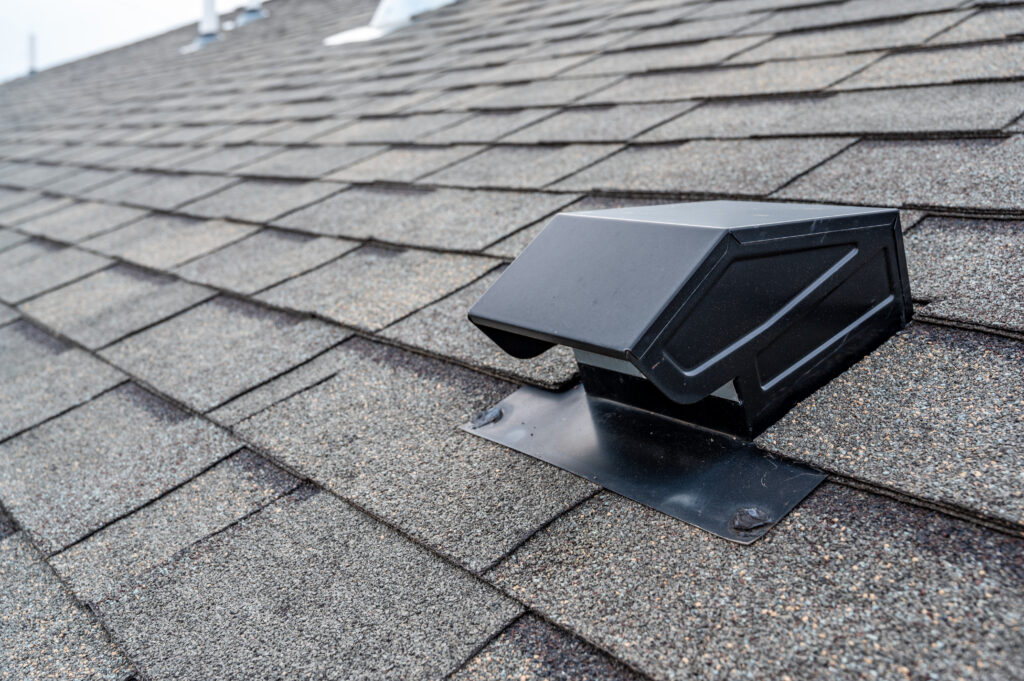
To help you decide, here’s a quick comparison of the most common vent types.
| Vent Type | Active or Passive | Best For | Pros | Cons |
| Ridge Vents | Passive | Most roof styles | Even ventilation, discreet look | Requires proper soffit vents |
| Soffit Vents | Passive | Balanced systems | Continuous intake, prevents stagnation | Must remain unclogged |
| Box Vents | Passive | Smaller attics | Affordable, easy install | Limited coverage |
| Gable Vents | Passive | Gable roofs | Adds style, flexible use | Less effective alone |
| Turbine Vents | Active (wind) | Windy regions | High efficiency, no electricity | Ineffective in calm weather |
| Power Vents | Active (electric/solar) | Large attics | Strong airflow, smart controls | Higher cost, maintenance needed |
Ensure Your Roof Has the Ventilation It Needs
Roof vents may not be flashy, but they’re one of the most important features of a long-lasting roof. Proper ventilation reduces energy costs, prevents damage, and keeps your home comfortable year-round. Whether you’re installing a new roof or upgrading your current system, getting ventilation right is essential for protecting your investment.
If you suspect your home isn’t ventilating properly or you’d like expert advice on which system works best for your home, contact us today to schedule an inspection and learn more about the best roof vent options for your property.
